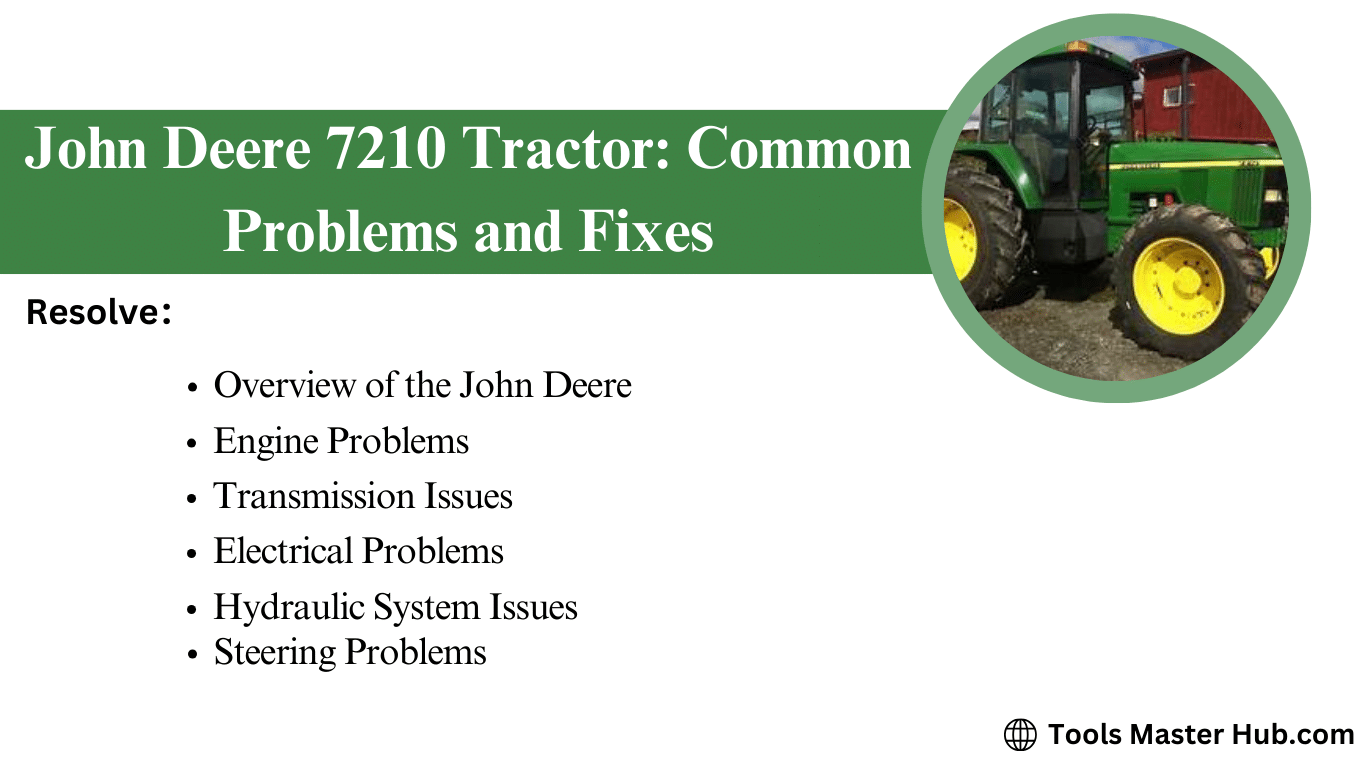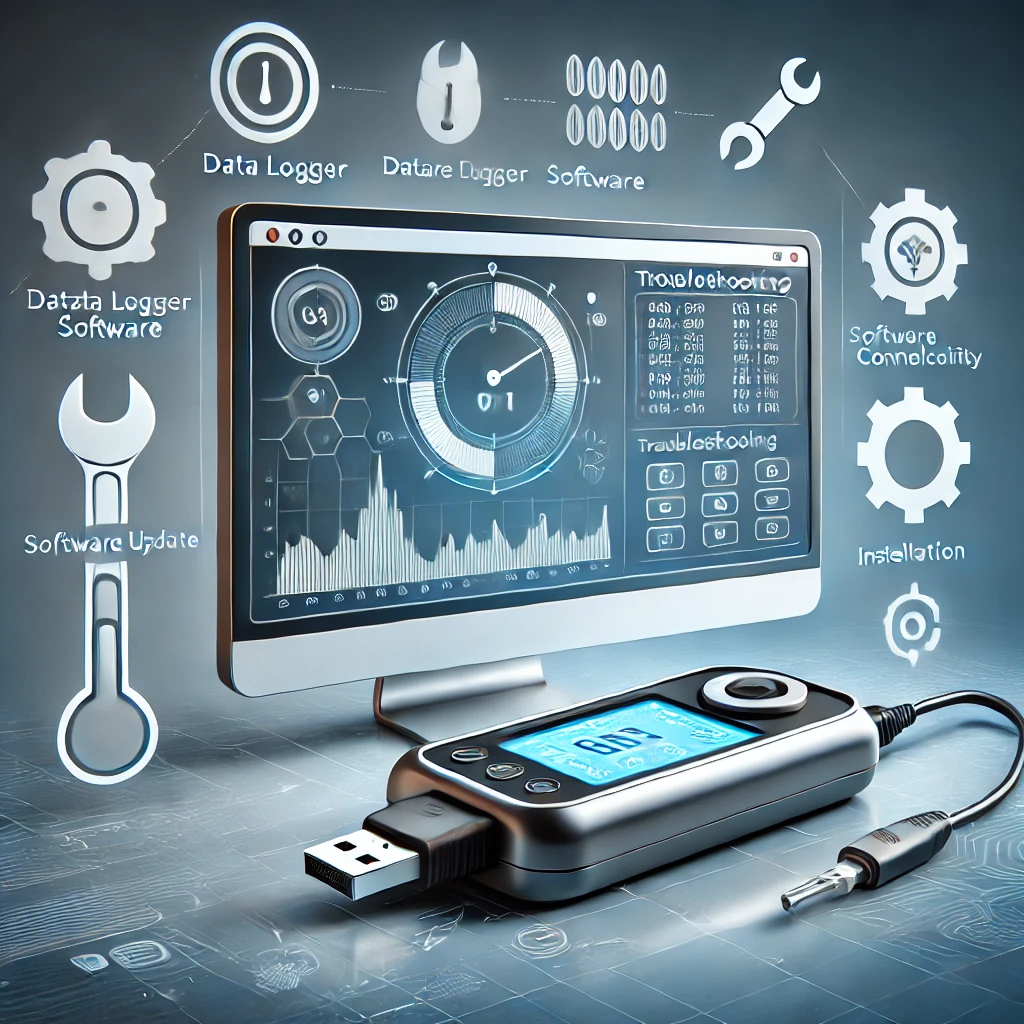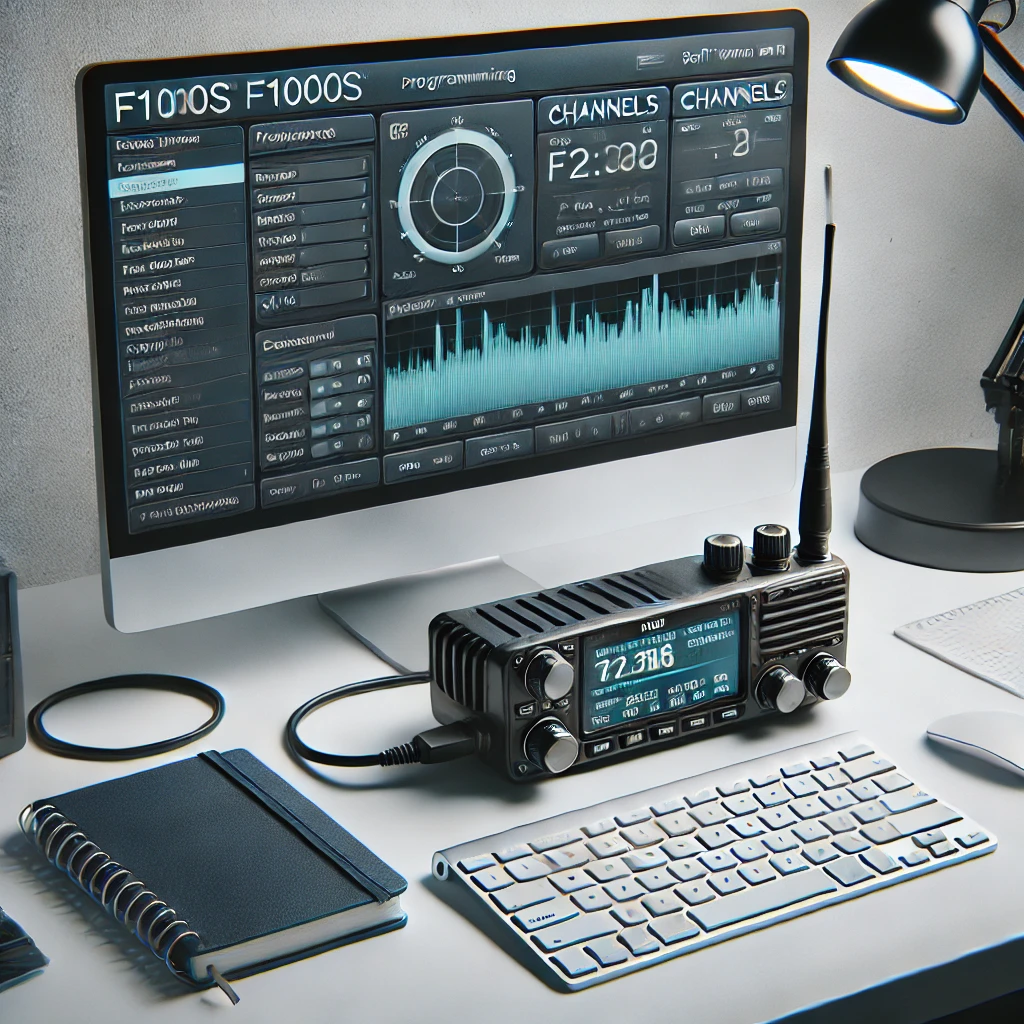Introduction
The John Deere 7210 tractor is renowned for its robust performance and reliability in the agricultural sector. However, like any machinery, it can encounter issues over time. Addressing these problems promptly is crucial to maintaining the tractor’s efficiency and longevity. This article aims to provide a comprehensive overview of common problems faced by John Deere 7210 owners and how to effectively troubleshoot and resolve them. Readers will gain insights into identifying potential issues early and implementing solutions to keep their tractors in optimal condition.
Engine Problems
A. Common Issues
Starting Issues: The John Deere 7210 tractor may experience starting engine issues, often indicated by a sluggish start or failure to start altogether. Common causes include a weak or dead battery, a faulty starter motor, or issues with the fuel system such as a clogged fuel filter or air in the fuel lines.
Overheating: Overheating is another prevalent problem that can significantly impact the performance of the 7210. This issue can stem from low coolant levels, a malfunctioning radiator, or a faulty thermostat. Regular checks and maintenance of the cooling system are vital to prevent overheating.
Loss of Power: The tractor might also suffer from a noticeable loss of power, which can hinder its operational efficiency. This can be attributed to a dirty or clogged fuel filter, a blocked air filter, or issues with the fuel injection system.
B. Solutions
Starting Issues:
- Check the Battery: Ensure the battery is fully charged. Clean the terminals and check for any corrosion. Replace the battery if it’s old or fails to hold a charge.
- Inspect the Starter Motor: Listen for a clicking sound when starting the tractor. If heard, the starter motor might need replacement or repair.
- Examine the Fuel System: Check for any blockages in the fuel filter. Replace the filter if necessary and ensure there is no air trapped in the fuel lines.
Overheating:
- Check Coolant Levels: Regularly monitor and top up coolant levels as needed. Use the recommended type of coolant for the John Deere 7210.
- Inspect the Radiator: Look for any signs of damage or blockages in the radiator. Clean the radiator fins and ensure there is adequate airflow.
- Thermostat and Water Pump: Ensure the thermostat is functioning correctly. Replace it if it’s stuck open or closed. Check the water pump for any leaks or malfunctions.
Loss of Power:
- Replace Fuel Filter: A clogged fuel filter can restrict fuel flow, leading to a loss of power. Regularly replace the fuel filter to ensure optimal performance.
- Clean Air Filter: Ensure the air filter is clean and free of debris. A blocked air filter can restrict airflow to the engine, causing a power loss.
- Fuel Injection System: If the problem persists, have the fuel injection system checked by a professional. Issues with the injectors can significantly affect engine performance.

Transmission Issues
A. Common Problems
Gear Shifting Problems: One of the more frequent issues with the John Deere 7210 involves difficulties with gear shifting. Symptoms can include hard or jerky shifts, inability to change gears, or unusual noises during gear changes. Potential causes might be low transmission fluid levels, worn-out clutch components, or issues with the gear linkage or synchronizers.
Hydraulic System Failures: The transmission in the John Deere 7210 is closely tied to its hydraulic system. Common hydraulic-related transmission problems include slow or unresponsive gear shifts, erratic transmission behavior, and fluid leaks. Indicators of these issues can be sluggish tractor performance, unusual noises, and visible hydraulic fluid leaks.
B. Solutions
Gear Shifting Problems:
- Check Transmission Fluid Levels: Ensure the transmission fluid is at the correct level. Low fluid can cause shifting issues. Regularly check and top up with the recommended type of fluid.
- Inspect the Clutch: Worn-out clutch components can lead to gear shifting problems. Inspect the clutch for signs of wear and tear, and replace if necessary.
- Examine Gear Linkage: Check the gear linkage for any misalignment or damage. Adjust or replace components as needed to ensure smooth operation.
- Synchronizer Health: If the problem persists, the synchronizers might be worn out. Professional inspection and replacement might be required to restore proper gear shifting.
Hydraulic System Failures:
- Check for Leaks: Regularly inspect the hydraulic system for any signs of leaks. Tighten any loose connections and replace damaged hoses or seals.
- Monitor Hydraulic Fluid Levels: Ensure the hydraulic fluid is at the correct level and top up if necessary. Use the recommended hydraulic fluid for the John Deere 7210.
- Hydraulic Pump and Filters: Inspect the hydraulic pump for proper operation. Replace any clogged hydraulic filters to ensure fluid flow is not restricted.
- Professional Diagnostics: If hydraulic issues persist, it may be necessary to have a professional diagnose and repair the system. This can include testing the hydraulic pressure and checking for internal damage within the transmission.
Electrical Problems
A. Common Issues
Battery Problems: Battery issues are a frequent concern for John Deere 7210 owners. Symptoms can include difficulty starting the tractor, dim lights, and electrical components not functioning properly. Common causes include charging system failures, corroded battery terminals, and old or dead batteries.
Lighting and Indicator Failures: Problems with the lighting system and indicators can also occur. These issues might involve non-functional headlights, tail lights, or dashboard indicators, which can be caused by blown fuses, faulty wiring, or burned-out bulbs.
B. Solutions
Battery Problems:
- Inspect the Battery: Check for corrosion on the battery terminals and clean them if necessary. Ensure the battery cables are tightly connected.
- Test the Charging System: Use a multimeter to check if the alternator is charging the battery properly. If the voltage is below the recommended level, the alternator may need to be replaced.
- Replace the Battery: If the battery is old or fails to hold a charge after charging, replace it with a new one that meets the manufacturer’s specifications.
Lighting and Indicator Failures:
- Check Fuses: Inspect the fuse box for any blown fuses and replace them as needed. Ensure all fuses are correctly seated.
- Inspect Wiring: Look for any damaged or loose wiring connections. Repair or replace any faulty wires to restore proper electrical connections.
- Replace Bulbs: If lights or indicators are not functioning, check the bulbs and replace any that are burned out. Ensure the new bulbs are the correct type for the John Deere 7210.
Hydraulic System Issues
A. Common Problems
Hydraulic Leaks: Hydraulic leaks are a common problem in the John Deere 7210, often indicated by a loss of hydraulic fluid, decreased performance of hydraulic functions, and visible fluid puddles under the tractor. Causes can include damaged hoses, loose fittings, or worn-out seals.
Hydraulic Pump Failures: The hydraulic pump is critical for the operation of the hydraulic system. Signs of pump issues include slow or unresponsive hydraulic functions, unusual noises, and overheating of the hydraulic system. Causes can range from internal pump wear to contamination of the hydraulic fluid.
B. Solutions
Hydraulic Leaks:
- Inspect for Leaks: Regularly check the hydraulic hoses, fittings, and seals for any signs of leaks. Look for wet spots, drips, or puddles under the tractor.
- Tighten Connections: Ensure all hydraulic connections are tight. Use the appropriate tools to avoid over-tightening, which can damage components.
- Replace Damaged Components: Replace any damaged hoses, fittings, or seals. Use parts that meet the manufacturer’s specifications to ensure compatibility and durability.
Hydraulic Pump Failures:
- Check Fluid Levels: Ensure the hydraulic fluid is at the correct level. Low fluid levels can cause the pump to overheat and fail.
- Inspect the Pump: Listen for unusual noises such as whining or grinding, which can indicate internal pump wear. Replace the pump if it shows signs of significant wear or damage.
- Filter Replacement: Regularly replace hydraulic filters to prevent contamination of the hydraulic fluid. Contaminated fluid can cause pump failure and other system issues.
- Professional Service: If hydraulic pump problems persist, have a professional technician inspect and service the pump. They can perform detailed diagnostics and repairs to restore proper function.
Steering Problems
A. Common Issues
Hard Steering: Hard steering can make operating the John Deere 7210 difficult and tiring. Symptoms include increased effort required to turn the wheel and a lack of responsiveness. Potential causes can be low hydraulic fluid levels, a malfunctioning steering pump, or issues with the steering linkage.
Loose Steering: Loose steering is characterized by excessive play in the steering wheel, making it challenging to control the tractor accurately. Causes might include worn-out steering components, loose or damaged steering linkage, or problems with the power steering system.
B. Solutions
Hard Steering:
- Check Hydraulic Fluid Levels: Ensure that the hydraulic fluid is at the correct level. Low fluid can impede the power steering system’s effectiveness.
- Inspect the Steering Pump: Listen for any unusual noises from the steering pump, which might indicate wear or failure. Replace the pump if necessary.
- Examine Steering Linkage: Check the steering linkage for any signs of damage or misalignment. Tighten or replace components as needed to ensure smooth operation.
Loose Steering:
- Inspect Steering Components: Regularly check the steering linkage, tie rods, and other components for wear and tear. Replace any worn-out parts.
- Tighten Loose Connections: Ensure that all steering system connections are tight. Loose components can lead to excessive play in the steering wheel.
- Check Power Steering System: If the tractor has a power steering system, ensure it is functioning correctly. Inspect the power steering pump and hoses for leaks or damage.
Maintenance Tips

A. Regular Maintenance
Routine Checks: Regular inspections are crucial for keeping the John Deere 7210 in optimal condition. Check fluid levels, tire pressure, and the overall condition of the tractor before each use. Early detection of issues can prevent costly repairs and downtime.
Scheduled Servicing: Adhering to scheduled servicing milestones is essential for the longevity of the tractor. Follow the manufacturer’s recommendations for oil changes, filter replacements, and other routine services. A maintenance log can help track these milestones and ensure nothing is overlooked.
B. Preventive Measures
Proper Storage: Storing the tractor properly can prevent a host of problems. Keep it in a dry, sheltered area to protect it from the elements. If possible, use a tractor cover to shield it from dust and debris. Before long-term storage, perform a thorough cleaning and maintenance check.
Using Quality Parts: Always use OEM (Original Equipment Manufacturer) parts for repairs and replacements. Quality parts ensure compatibility and longevity, reducing the likelihood of recurrent issues. Inferior parts can lead to more frequent breakdowns and compromised performance.
Conclusion
Addressing common issues such as engine problems, transmission issues, electrical faults, hydraulic system failures, and steering problems is vital for maintaining the performance and reliability of the John Deere 7210. Regular maintenance and timely troubleshooting can prevent these problems from escalating.
Regular maintenance is crucial for the longevity of your John Deere 7210. By keeping up with routine checks and scheduled servicing, you can ensure your tractor remains in excellent working condition, reducing downtime and repair costs.
Call to Action
Promptly addressing issues and seeking professional help when needed can prevent minor problems from becoming major repairs. Maintain your tractor diligently and consult professionals for complex issues to keep your John Deere 7210 running smoothly.
Additional Resources
John Deere Manuals and Guides: For official resources, refer to the John Deere manuals and guides. These provide detailed information on maintenance, troubleshooting, and repair procedures.
Online Forums and Communities: Joining online forums and communities can be invaluable for additional help and advice. Websites such as TractorByNet and Green Tractor Talk offer forums where you can interact with other John Deere owners and experts.
Professional Repair Services: If you encounter issues that you cannot resolve on your own, contact professional repair services. Certified John Deere technicians have the expertise and tools to diagnose and fix complex problems efficiently.
By following these tips and utilizing available resources, you can ensure your John Deere 7210 remains reliable and efficient for years to come.
FAQs
1. How much horsepower is a 7210 John Deere tractor?
The John Deere 7210 tractor has approximately 110 horsepower.
2. How much does a John Deere 7210 weigh?
The John Deere 7210 weighs around 10,580 pounds (4,800 kg).
3. What are the common starting issues with the John Deere 7210?
Common starting issues include a weak or dead battery, faulty starter motor, and problems with the fuel system such as a clogged fuel filter or air in the fuel lines. Ensuring the battery is charged, inspecting the starter motor, and checking the fuel system can help resolve these issues.
4. How can I prevent my John Deere 7210 from overheating?
To prevent overheating, regularly check and top up coolant levels, inspect the radiator for blockages, and ensure the thermostat and water pump are functioning correctly. Regular maintenance of the cooling system is essential.
5. What causes a loss of power in the John Deere 7210, and how can I fix it?
Loss of power can be caused by a dirty or clogged fuel filter, a blocked air filter, or issues with the fuel injection system. Replacing the fuel filter, cleaning the air filter, and having the fuel injection system checked by a professional can help restore power.
6. What are the signs of hydraulic system failures in the John Deere 7210?
Signs of hydraulic system failures include slow or unresponsive hydraulic functions, erratic transmission behavior, and fluid leaks. Regularly inspecting for leaks, checking hydraulic fluid levels, and replacing filters can help maintain the hydraulic system.
7. How do I address gear-shifting problems in my John Deere 7210?
Gear shifting problems can be addressed by checking transmission fluid levels, inspecting the clutch for wear, examining the gear linkage, and ensuring the synchronizers are in good condition. Professional inspection may be required for persistent issues.
7. What should I do if my John Deere 7210 has battery problems?
If you experience battery problems, inspect the battery for corrosion, test the charging system with a multimeter, and replace the battery if it fails to hold a charge. Ensuring all connections are tight and clean can also help.
8. What are the common hydraulic leaks in the John Deere 7210, and how can I fix them?
Common hydraulic leaks are caused by damaged hoses, loose fittings, or worn-out seals. Regularly inspecting for leaks, tightening connections, and replacing damaged components can help maintain the hydraulic system.
9. How can I maintain my John Deere 7210 to prevent common issues?
Regular maintenance includes routine checks of fluid levels, tire pressure, and overall condition, as well as adhering to scheduled servicing milestones for oil changes and filter replacements. Proper storage and using OEM parts are also essential for preventing issues.
10. Where can I find additional resources for maintaining my John Deere 7210?
For official resources, refer to John Deere manuals and guides. Joining online forums such as TractorByNet and Green Tractor Talk can provide additional help and advice. For complex issues, contact certified John Deere technicians for professional repair services.
By following these FAQs and implementing regular maintenance practices, you can ensure the longevity and reliability of your John Deere 7210 tractor.











Leave a Reply